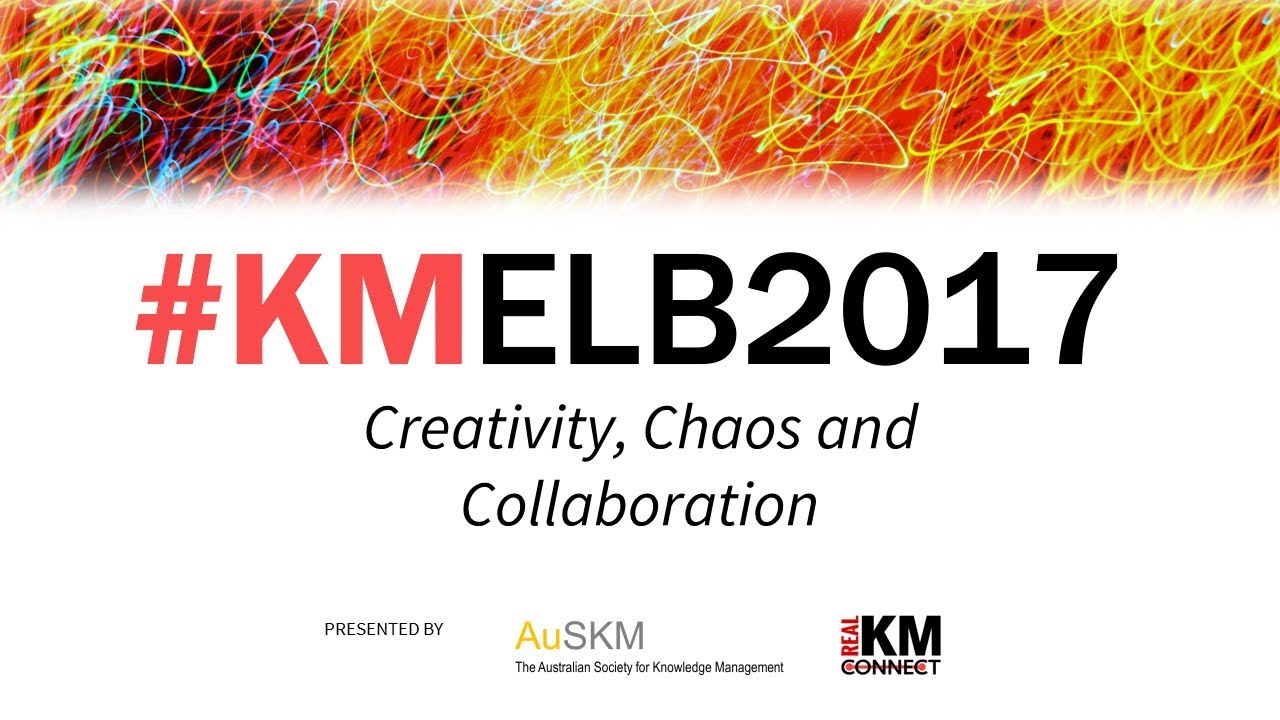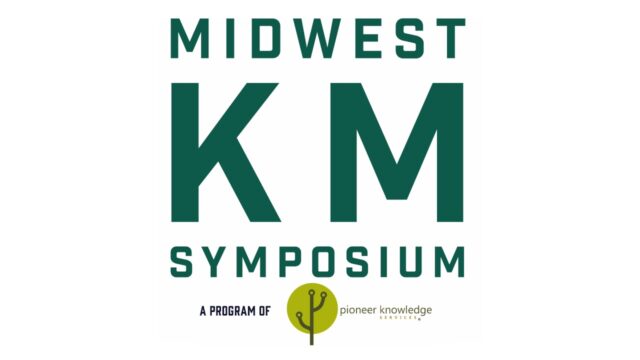
Maximising the benefits of live tweeting at conferences
With 2016 well underway, people are starting to convene and attend the year’s conferences.
Live tweeting at conferences has become a popular way of spreading conference messages beyond the conference and facilitating interaction between speakers, participants, and the wider audience outside the conference.
But now, live tweeting has become so popular that some conferences have started to exceed what is being described as “peak tweet”, where the “rate of tweet production far exceeds the rate of potential consumption.”
This article looks first at some conference tweeting fundamentals, and then at how to deal with a “tweet storm” so that conference messages are effectively communicated and people don’t suffer information overload.
Conference tweeting fundamentals
An editorial article in the journal PLOS Computational Biology provides ten simple rules of live tweeting at scientific conferences1.
The article first provides a summary of common Twitter abbreviations that conference tweeters should use:
# = hashtag
@ = nametag, a way to reply to someone
.@ = broadcast a tweet that begins with a nametag
RT = retweet, share something already tweeted
HT = hat tip, acknowledge or thank a source
DM = direct message
CX = correction
Tweetup = physical meeting of tweeters
Then there are the ten rules:
Rule 1: Short conference hashtag
As soon as the meeting is announced, conference organizers should claim a short (6–8 characters) descriptive # that includes the year.
Rule 2: Promote the hashtag
Highlight the hashtag in all conference materials online, in print, on name badges, and on Twitter if possible.
Rule 3: Encourage tweeting
Encourage live tweeting at the conference. Session chairs can facilitate this and relay questions from the twitterosphere.
Rule 4: Conference Twitter etiquette
Keep questions short and on the science, avoid grandstanding, encourage responsible tweeting, and avoid harassment or snarkiness.
Rule 5: Conference tweet layout
List speaker name, affiliation and conference hashtag in the first tweet; surname or initials and meeting hashtag are sufficient thereafter.
Rule 6: Keep conference discussion flowing
Summarize presentations concisely, use hashtags for keywords, and use “@ reply” to engage individuals who can add to the discussion.
Rule 7: Differentiate your opinions from the speaker’s
Separate your own comments/viewpoints on the speaker or science being described in a presentation from the speaker’s own words.
Rule 8: Bring questions up from outside
Check for and raise questions from those outside the conference, returning the speaker responses to positively enforce participation.
Rule 9: Meet other live tweeters face to face
Organize tweetups so that conference attendees can meet in person and consolidate relationships and collaborations.
Rule 10: Emphasize impact of live tweeting
Ensure that positive effects of tweeting at conferences, such as discoveries, publications, or collaborations, are highlighted.
Managing the tweet storm
In a post in Small Pond Science, Ian Lunt discusses the “tweet storm” of nearly 10,000 tweets that occurred at an Australian conference in 2015.
He provides the following suggestions for improving outreach through live tweeting in the future:
Conference organizers
- Plan for tweets to be curated: advertise hashtags for individual tweets (e.g. #ESA16) and curated stories (e.g. #ESA16story) so collections can be discovered.
- Assign someone to search for and share curated stories using a prominent Twitter or Facebook account so collections can be disseminated widely.
- Treat curated stories as free PR and send links to journalists.
Speakers and lab groups
- View conference tweets as free publicity for your work – your audience is enthusiastically writing your press release for you. Capitalise on this energy by curating talks from your lab.
- Do not expect others to curate your talks. From now on, perceptions of privilege may arise if labs encourage members to tweet their talks but expect someone else to curate and disseminate them.
- Put your name on any curated stories you do create. The process, and those involved, will be taken for granted if anonymous collections just pop up on the web.
Everyone
- Broaden the “buzz” around live tweeting so those who curate tweets receive the same recognition as those who tweet.
- Preferentially share curated tweets before uncurated tweets.
- Distribute collections across social media platforms, including Facebook and email newsletters.
- Don’t over-invest: do it quickly, on the same day if possible, while the conference is topical.
Ian concludes his post with the following advice:
The mantra for live-tweeting at future conferences must include the three activities: tweet, curate, disseminate.
Curating tweets
Tweets can be curated using Storify.
Image source: Tweeting DIY by Raffi Asdourian is licenced by CC BY 2.0.
Reference:
- Ekins S, Perlstein EO (2014) Ten Simple Rules of Live Tweeting at Scientific Conferences. PLOS Computational Biology 10(8): e1003789. doi:10.1371/journal.pcbi.1003789 ↩
Also published on Medium.






